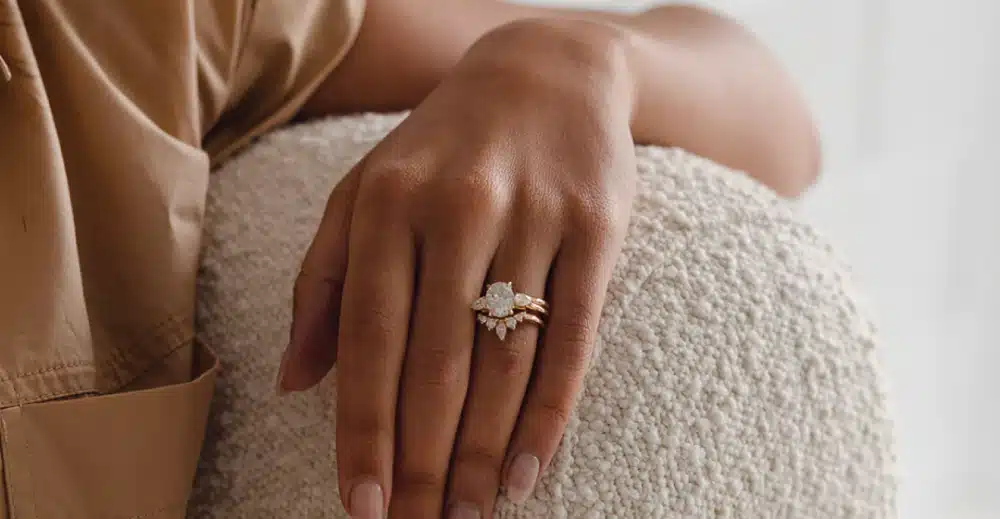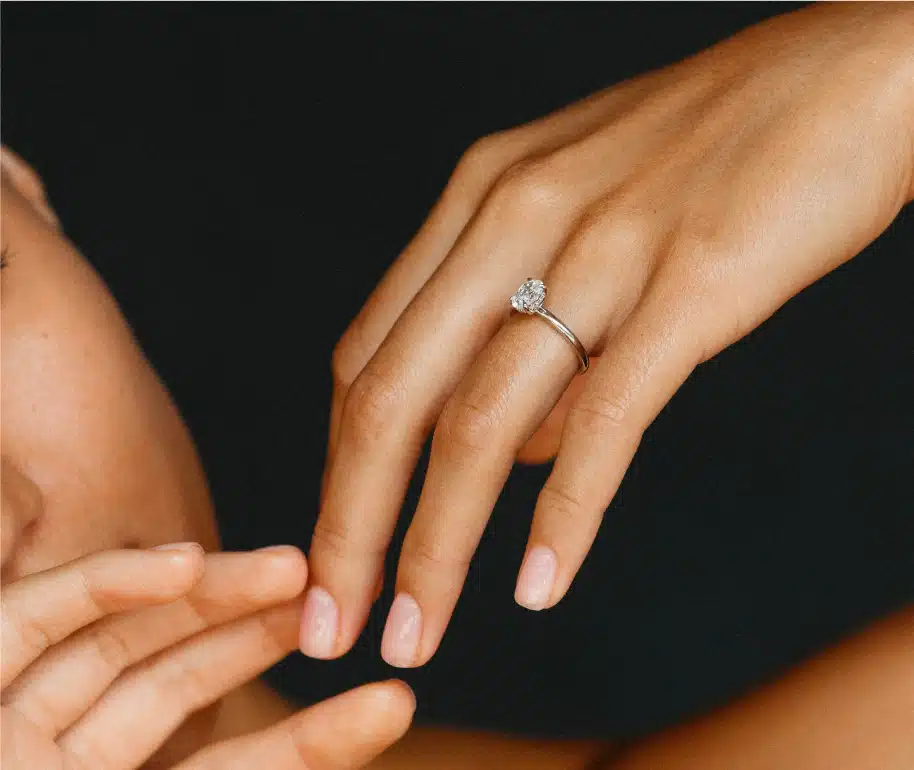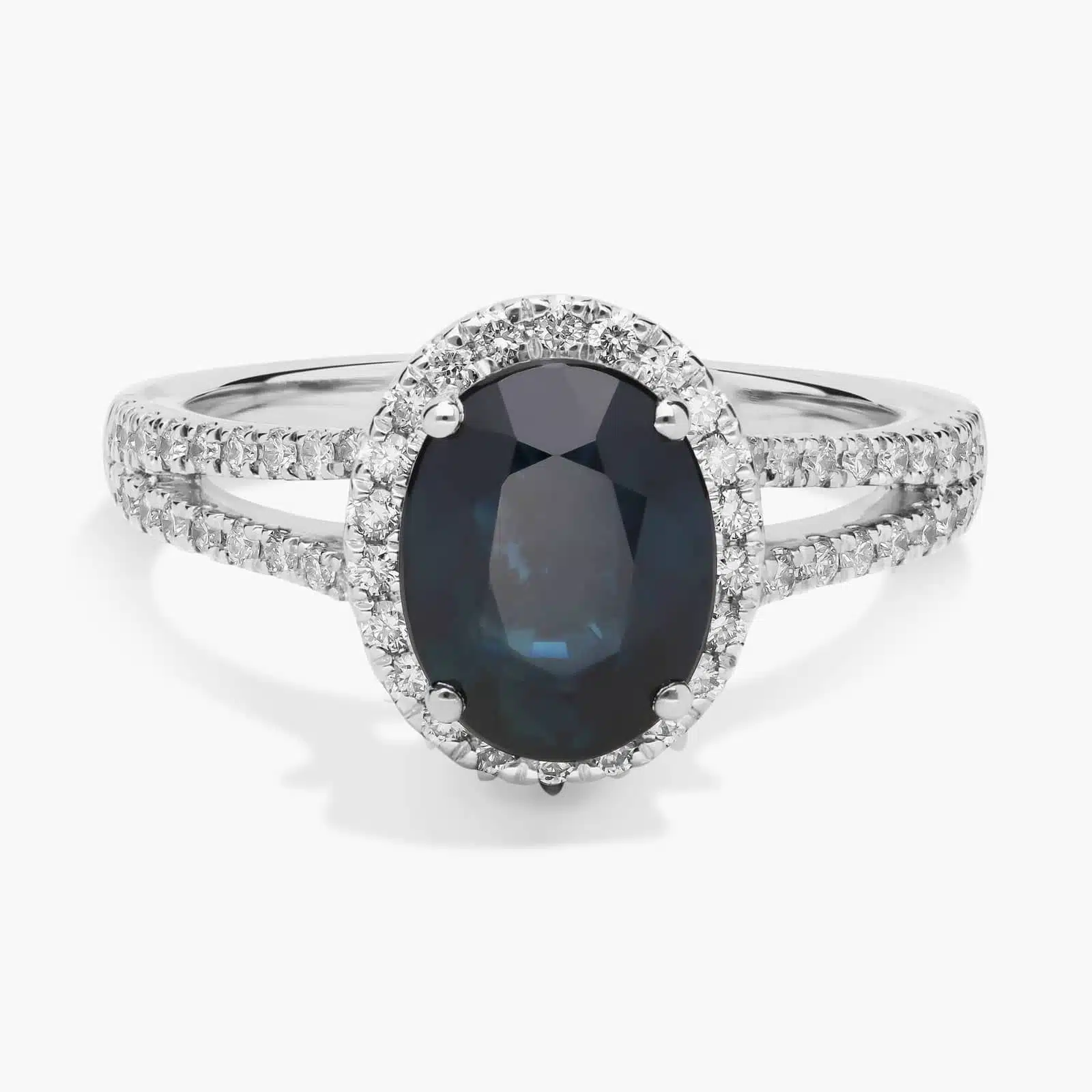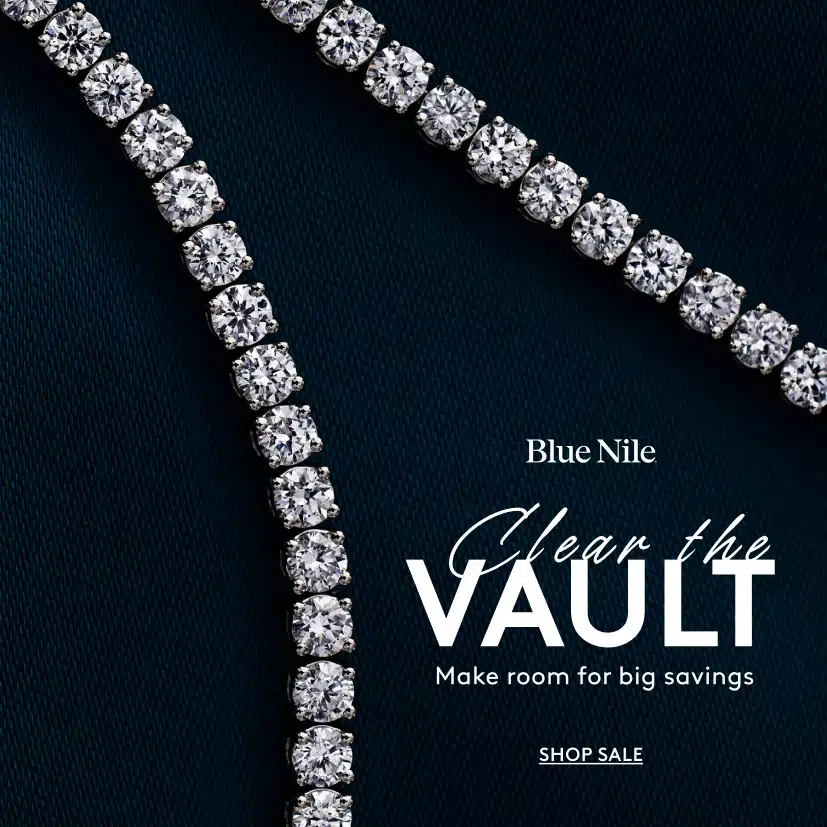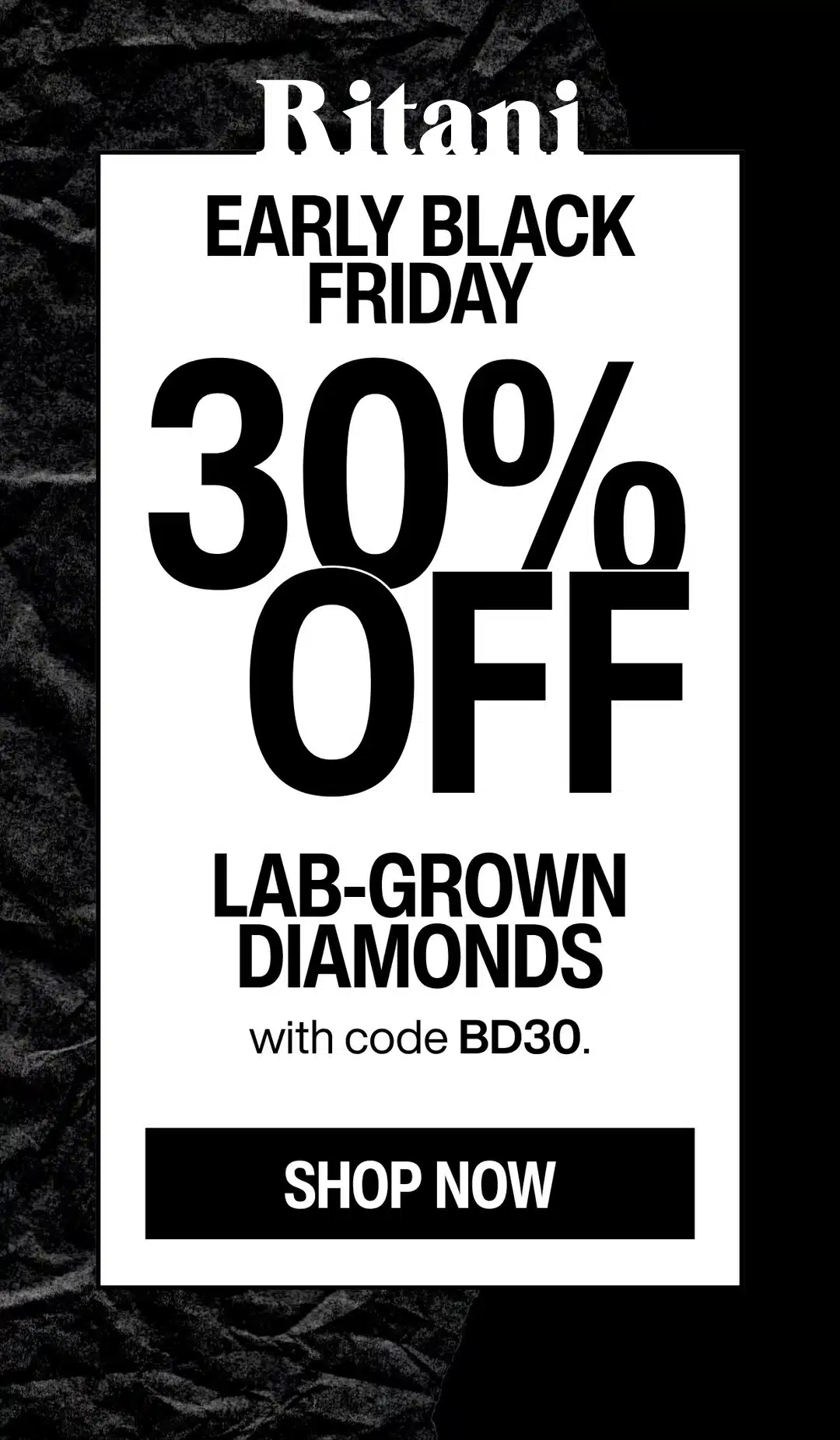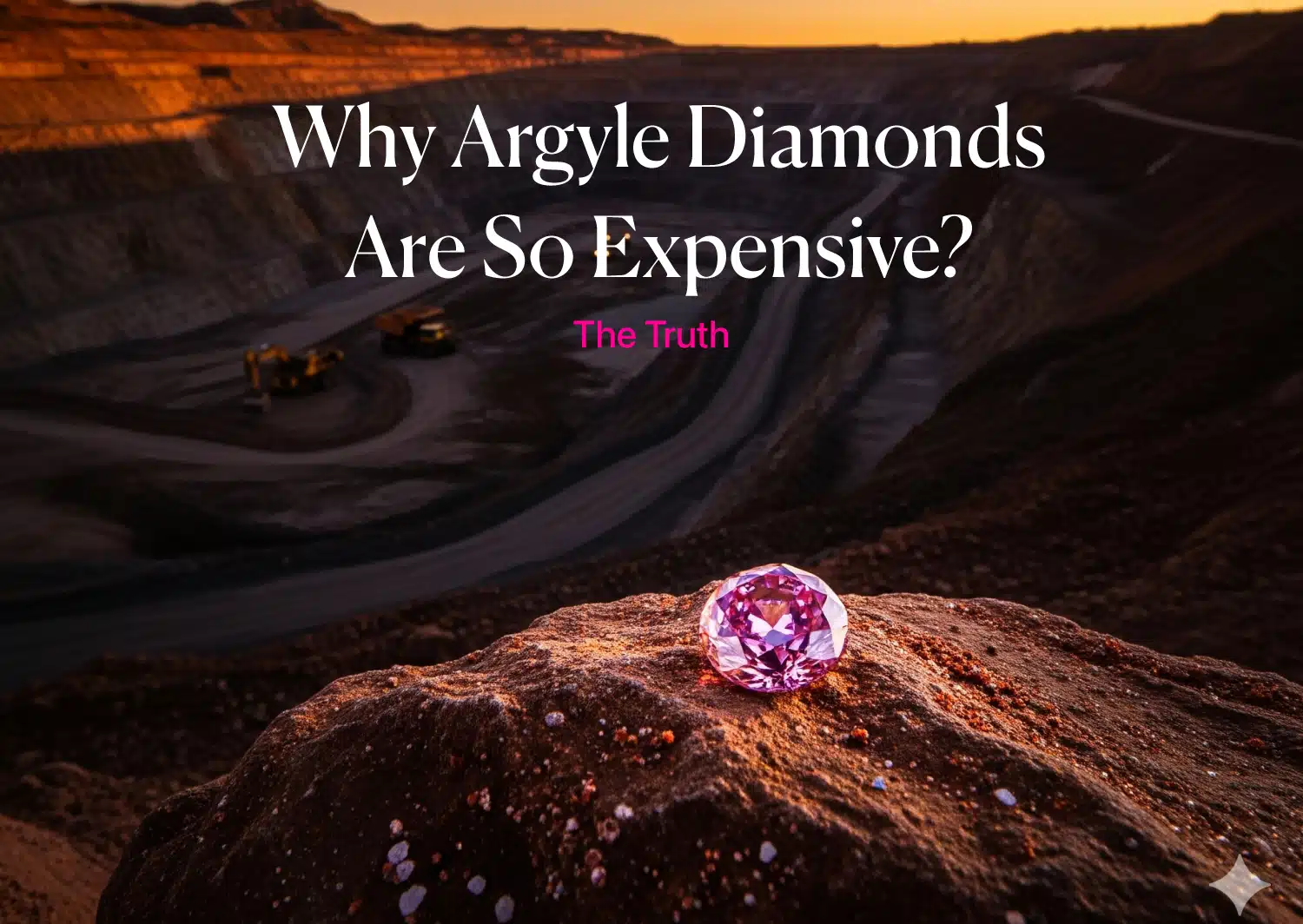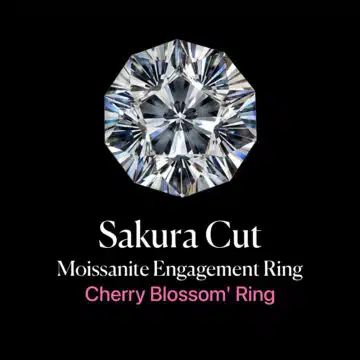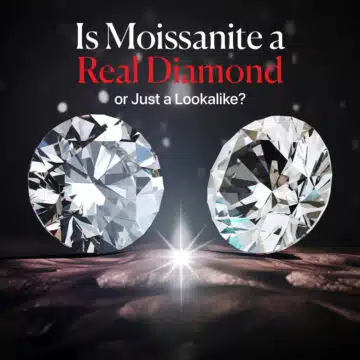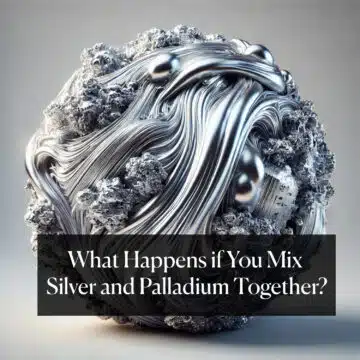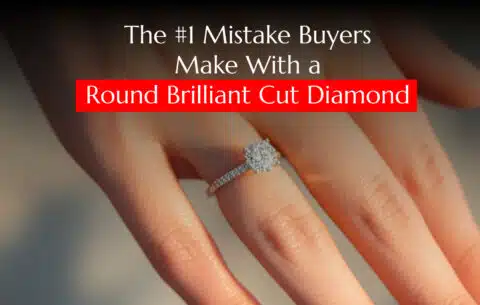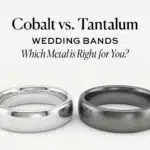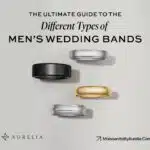Argyle diamonds are so expensive because the Argyle mine in Australia, the source of over 90% of the world’s natural pink diamonds, permanently closed in 2020, making its finite and uniquely vibrant gems one of the rarest tangible assets on Earth.
You’ve likely heard the name ‘Argyle’ spoken in hushed, reverent tones, followed by a breathtaking price tag. You’re wondering if it’s all just marketing hype, or if there’s a real reason these stones command such a premium. Is it a smart buy or a legend you can’t afford?
As your friend in the business, I’m here to tell you the entire story—from the freak geological accident that created them to the market forces that drive their price. We’ll look at the truth, the legend, and most importantly, I’ll give you a practical guide on how to navigate the world of pink diamonds now that the king of them all is gone.
Diamond IQ Test: Natural or Lab-Grown?
Two identical diamonds: GIA Certified, 1.51ct, D Color, VVS1, Ideal Cut. One is natural ($16,530), the other is lab-grown ($2,390). Choose the diamond you like better and see if you can match it to its origin.
More Than a Gem: The Story of a Unique Source
First, let’s be very clear: an Argyle diamond is not a special type of diamond. It is a diamond from a very specific, now-famous place. When we talk about an “Argyle diamond,” we are talking about a stone that was unearthed from the Argyle mine, a remote spot in the rugged Kimberley region of Western Australia.
And this wasn’t just any diamond mine; it was a true geological miracle. For 37 years, this single location was the world’s most significant and consistent source of natural colored diamonds.
No other mine on Earth has ever produced pink, red, or violet diamonds with the same level of consistency and, most importantly, the same breathtaking intensity as Argyle. It wasn’t just a mine; it was a unique treasure chest, the likes of which we may never see again.
So what actually made them different from pink diamonds found elsewhere? It comes down to a color signature that is as unique as a fingerprint.
An Argyle diamond wasn’t just “pink.” The best stones from this mine possessed a saturation and vibrancy that was almost electric. They often had incredible depth with underlying tones of purple, mauve, or red, which gave them a fiery, passionate look that was uniquely Argyle.
This color signature is so distinct that an experienced gemologist or a high-end dealer can often look at a collection of fancy pink diamonds and, from across the room, correctly identify the one that came from Argyle.
And while Argyle will forever be famous for its pinks, the mine’s importance was much broader. It was also the world’s largest producer of champagne and cognac diamonds, beautiful stones with a warm, rich color.
On top of that, it was the most reliable source—though still exceedingly rare—for natural blue and violet diamonds. It was this sheer volume and diversity that made Argyle an industry giant. But for all its production, its legend was, and always will be, written in pink.
It’s Not an Impurity, It’s a “Beautiful Flaw”
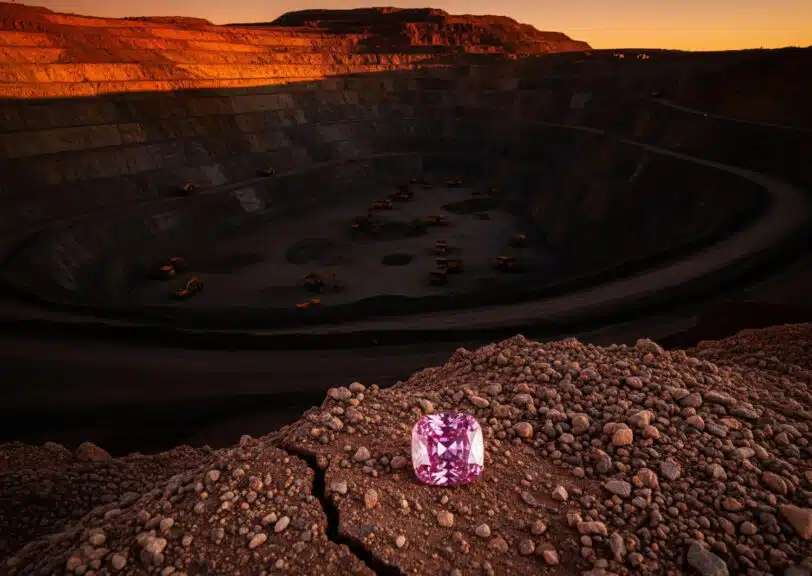
So why was this one remote spot in Australia producing these incredibly colored gems? To understand why Argyle pinks are so rare, you first have to understand how most colored diamonds get their color.
For almost all other colored diamonds, the color is a result of a chemical impurity—tiny, atomic-level guests in the diamond’s pure carbon house. For example, a trace amount of nitrogen getting trapped during a diamond’s formation is what causes a yellow color.
A tiny amount of boron is what creates a blue diamond. It’s a beautiful, but relatively straightforward, accident of chemistry.
Pink diamonds, especially the intensely colored ones that came from the Argyle mine, break all the rules. Their color is not caused by a chemical impurity. Instead, scientists believe the color is the result of a process called “plastic deformation”—an almost unbelievable distortion of the diamond’s internal crystal structure.
This occurred billions of years ago under unimaginable heat and pressure deep within the Earth, an event so violent it literally twisted the diamond’s crystal lattice.
Here’s how I explain it to my clients, and it’s the simplest way to understand this miracle. Think of a diamond’s crystal structure as a perfectly stacked set of LEGO bricks, perfectly aligned row after row.
The immense pressure that created Argyle diamonds didn’t just squeeze this structure; it applied so much stress from all sides that it slightly twisted and compressed the entire stack of bricks.
That physical twisting is a permanent part of the diamond’s structure, and it altered the very way light travels through the diamond’s crystal lattice. The result of this twisted path is that our eyes perceive the stunning pink and red colors.
So, it’s not a foreign substance inside the diamond that makes it pink; the color comes from the diamond’s own extraordinary, beautiful flaw.
This incredible, violent freak of nature is a huge part of what makes these stones so uniquely rare and so incredibly alluring.
The Hard Truth: The Mine is Closed. Forever.
Everything we’ve just discussed—the unique location, the beautiful flaw, the legendary color—is what made Argyle diamonds special. But this next part is what makes them expensive. This is the single most important event in the modern history of colored diamonds, and it is the crux of the entire Argyle market.
What Happened in November 2020?
On November 3, 2020, after 37 years of operation, the Argyle mine officially ceased all mining activities and the last of its operational workforce went home. The machines fell silent.
Let me be absolutely clear: this was not a temporary halt or a strategic pause. This was the end. The mine’s incredibly rich but finite lamproite pipe had been exhausted. The treasure chest was empty. The source is depleted, and it is gone for good. This event sent immediate shockwaves through the high-end jewelry and investment world. An era had officially ended.
To understand the immediate and permanent impact this had on the price of Argyle diamonds, I use this analogy with all my clients:
Imagine there is a world-famous artist, a master like Picasso, who is the only person in history who can create a specific, breathtaking shade of red. Over his lifetime, he produces 90% of all the red paintings in the world. Then, one day, an announcement is made: He will never paint again. Not only that, but all of his unique red paints and special canvases have been destroyed.
What would happen to the price of every single red Picasso painting already in museums and private collections?
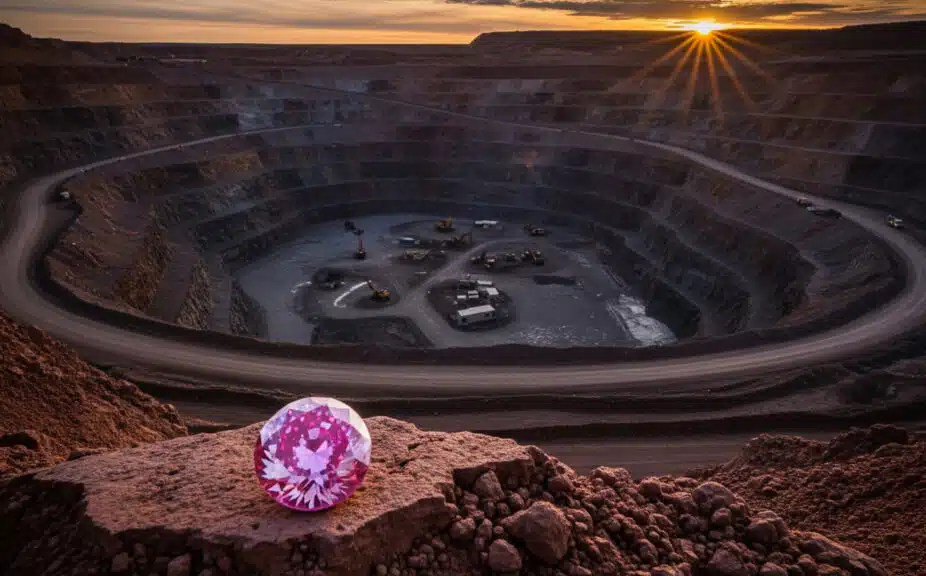
It would skyrocket, instantly. It would transform overnight from a piece of art into an almost priceless artifact. That is exactly what happened to Argyle pink diamonds on November 3, 2020. They went from being an incredibly rare, actively produced luxury good to a finite, legendary, and irreplaceable tangible asset.
If the analogy isn’t enough, let’s look at the brutal, stunning numbers behind the mine’s legacy. They tell a story of almost unbelievable scarcity.
- Over its 37-year lifetime, the Argyle mine produced a staggering 865 million carats of rough diamonds. It was one of the most productive mines in history by volume.
- Of that enormous production, a mere 1% was classified as pink. The rarest of the rare.
- The supply of new Argyle pink diamonds hitting the market each year is now, and forever will be, zero.
Every Argyle pink diamond that will ever exist has already been pulled from the earth. The complete and total shutdown of the source is the single biggest factor driving their ever-increasing value and legendary status.
Argyle is History. Here Are Your Modern Options.
Alright, we’ve established the legend and the stark reality: the Argyle mine is closed, and its diamonds are now legendary artifacts. So, where does that leave you, someone who loves the beautiful, romantic look of a pink diamond but doesn’t have a seven-figure collector’s budget?
This is where my job as your friend in the business really begins. The story of pink diamonds didn’t end with Argyle; it just changed. You have fantastic modern options, but you need to know what you’re looking for.
The Reality of Argyle in Today’s Market
First, let me be blunt about Argyle. Finding a true, certified Argyle pink diamond today is almost exclusively the domain of high-end auction houses, collectors, and professional investors. The prices are astronomical and have continued to climb every year since the mine’s closure.
A one-carat Argyle pink diamond can easily sell for hundreds of thousands, and sometimes millions, of dollars. You simply will not find them available in the mainstream online retail market.
So, if Argyle is off the table, what are your choices? You have two excellent paths, each with its own pros and cons.
Option 1: Hunt for a Natural Fancy Pink Diamond from Other Sources
The Argyle mine may have produced 90% of the world’s pinks, but that other 10% has to come from somewhere. Other mines around the world, particularly in Brazil, Russia, and parts of Africa, do occasionally produce natural pink diamonds.
- What you need to know: These stones are still exceptionally rare and incredibly valuable. However, their color often has a different character than the Argyle stones. Many have a lighter, more delicate pastel pink color, often with secondary tones of brown, orange, or grey.
While they don’t typically have that legendary “bubblegum” or purplish-pink intensity of an Argyle, they are breathtakingly beautiful and rare natural treasures in their own right.
Option 2: The Smart Choice for Value – Lab-Grown Pink Diamonds
For anyone who loves the look of a pink diamond for an engagement ring but doesn’t love the collector’s price tag, the advancement of lab-grown diamond technology has been a game-changer.
- What you need to know: A lab-grown pink diamond is a 100% real diamond—it is physically, chemically, and optically identical to a mined one. The color is achieved by mimicking the same natural processes of irradiation or lattice distortion inside a highly controlled lab environment.
This allows for the creation of stunningly vibrant, saturated pink diamonds at a tiny fraction of the cost of a natural one. A lab-grown pink diamond might cost 95-98% less than a natural stone of the same size and color intensity.
This is, without a doubt, the smartest choice for someone who is prioritizing the beauty and aesthetic of a pink diamond for their engagement ring.
How to Shop for Pink Diamonds Today
This is where you can use your new knowledge to your advantage. While you won’t find Argyle stones on the big retail sites, you can absolutely hunt for the next best thing.
Top online jewelers like James Allen and Blue Nile have powerful search filters that most buyers don’t even know exist. You can go to their loose diamond search and, instead of filtering by the normal D-to-Z color grades, you can specifically search for “Fancy Color” diamonds.
From there, you can choose “Pink.” This tool allows you to see the current, real-world inventory of both natural and lab-grown pink diamonds from various sources around the world.
It gives you the power to see what’s available, compare prices, and gives you a chance to own a piece of that incredible rarity, whether you choose the path of a natural treasure or the smart value of a lab-created one.
Your Argyle Diamond Questions, Answered
You’ve got the main story, but the legend of Argyle always brings up more specific, fascinating questions. Let’s dive into them with some clear, expert answers.
The Verdict: A Finished Story, A Lasting Legacy
So, the answer to why Argyle diamonds are so expensive is actually quite simple: their story is over. The powerful combination of a uniquely intense and beautiful color with the permanent closure of their one and only source has transformed these gems.
They are no longer just jewelry; they have become rare, tangible assets, and their price reflects that finite, legendary status.
Owning a true Argyle diamond is now a collector’s game, a pursuit for investors and connoisseurs. But for those of us who simply love the beautiful, romantic color, the story of pink diamonds continues.
Whether you choose to hunt for a rare natural fancy pink from another mine or select a stunning and savvy lab-grown pink diamond, you are now armed with the knowledge to understand the market.
You can appreciate the legend of Argyle for what it was, and make a smart, confident decision on the pink diamond that’s perfect for you.
Continue Your Research Journey
The story of Argyle is a fascinating lesson in rarity and value. If you’re ready to explore your own options, from rare natural diamonds to beautiful lab-grown alternatives, these expert guides are the perfect next step.
The In-Depth Retailer Reviews
- Our #1 Recommended Retailer: The Ultimate James Allen Review – (https://moissanitebyaurelia.com/james-allen-review/)
- The Industry Heavyweight: The Complete Blue Nile Review for 2024 – (https://moissanitebyaurelia.com/blue-nile-reviews-2024/)
- Another Head-to-Head Battle: Brilliant Earth vs. James Allen Compared – (https://moissanitebyaurelia.com/brilliant-earth-vs-james-allen/)
Advanced Diamond Knowledge
- The Full Story on Synthetics: An Expert Guide to the Types of Lab-Grown Diamonds – (https://moissanitebyaurelia.com/types-of-lab-grown-diamonds/)
- Understanding Value: What is the Definition of an Appraisal for a Diamond Ring? – (https://moissanitebyaurelia.com/definition-of-appraisal-for-diamond-ring/)
- The Importance of Origin: Why Do We Refer to Some Diamonds as Conflict Materials? – (https://moissanitebyaurelia.com/why-do-we-refer-to-some-diamonds-as-conflict-materials/)
Practical Guides & Strategies
- The Foundation: Our No-Nonsense Diamond Buying Guide – (https://moissanitebyaurelia.com/diamond-buying-guide/)
- Thinking About Resale?: How Much Can a Diamond Be Sold For? – (https://moissanitebyaurelia.com/how-much-can-a-diamond-be-sold/)
- A Guide to All Styles: The Complete Diamond Shapes Guide – (https://moissanitebyaurelia.com/diamond-shapes-guide/)
Blue Nile is one of the biggest and most recognized online jewelry retailers, offering an extensive and exclusive inventory. Their high-resolution images are improving and getting closer to the quality offered by James Allen, while their prices remain highly competitive. Right now, Blue Nile offers up to 30% savings on jewelry during a limited-time sale.
WHAT WE LOVE ABOUT THEM:
- 30-day no-questions-asked return policy, with a prepaid shipping label provided by Blue Nile.
- Lifetime warranty on all purchases.
- Free shipping on every order.
- Complimentary services every six months, including prong tightening, repolishing, rhodium plating, and cleaning.
- Insurance appraisal included with your purchase.
- One free resizing within the first year.
- High-quality images available for roughly half of their diamond selection.
- 24/7 customer service support.
- Full credit toward future upgrades, as long as the new item is at least double the value.
- Best-in-class order fulfillment process.
James Allen is a top leader in online diamond sales, offering cutting-edge imaging technology that lets you inspect diamonds as if you were using a jeweler's loupe. With the largest exclusive selection of loose diamonds available online and excellent pricing, they also boast one of the finest collections of lab-created diamonds on the market. They currently run a 25% discount on selected lab-grown diamonds!
WHAT WE LOVE ABOUT THEM:
- 30-day no-questions-asked return policy, with a prepaid shipping label provided by James Allen.
- Lifetime warranty on all purchases.
- Free international shipping.
- Complimentary prong tightening, repolishing, rhodium plating, and cleaning every six months.
- Insurance appraisals included with purchases.
- One free resizing within 60 days of purchase.
- Free ring inscriptions available.
- Best-in-class high-quality imagery for every diamond in stock.
- 24/7 customer support.
- Premium, best-in-class packaging.


